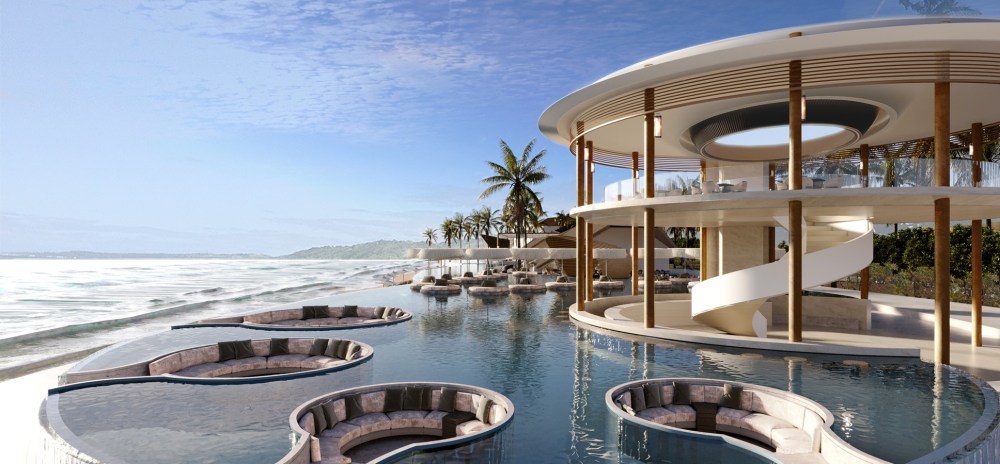From global cities to remote beaches, The Ritz-Carlton name is renowned for excellence at more than 130 locations in 40 countries. The portfolio is well represented across 9 Asia Pacific countries, including Australia, where The Ritz-Carlton Melbourne and The Ritz-Carlton Perth are two of our country’s very finest hotels.
The signing of The Ritz-Carlton Fiji marks the brand’s debut in the South Pacific, so it is a pivotal advancement for the brand and it strengthens Marriott International’s status as world’s largest operator of luxury hotels. More importantly though, we are confident that the Ritz-Carlton’s arrival in Fiji will be a game changer for the country’s already thriving visitor economy.

When we introduce our most aspirational brands to new destinations, we succeed at attracting new visitor markets through strong connections with our loyal customers. Whilst Fiji is enjoying record visitation, we know that some affluent travelers from Fiji’s key source markets have shown a preference for other destinations that offer more choice in the luxury segment, so The Ritz-Carlton name will see Fiji become a “must visit” destination for certain travelers for the very first time.
Marriott International is the largest hotel operator in the South Pacific, with twelve resorts across Fiji, New Caledonia, Samoa, and French Polynesia. Our largest footprint is in Fiji, which right now is the South Pacific’s star performer. The country’s tourism industry is enjoying record visitation, and meaningful incentives are being offered to developers, which is driving unprecedented investor interest.
This will see much-needed new hotel supply materialize and inbound air capacity expanded to satisfy what is projected to be a sustained increase in demand. With a whole-of-government commitment to tourism, a clearly defined brand, and Fiji Airways’ new Oneworld alliance, traditional source markets will be strengthened and new long-haul markets such as China, Japan and India will open up.

However, Fiji’s record-breaking tourism success is about more than just visitor numbers, it presents a transformational opportunity for strategic diversification of the Fijian Islands’ tourism offerings to attract new travel segments, with a focus on high-yielding customers, new destinations, and experiential offerings that reflect Fiji’s core values and broaden visitor appeal.
With a recalibrated and sound supply and demand outlook across Australia, New Zealand, and the Pacific, investor appetite is strengthening in our region’s hotel sector. In Fiji in particular, there are numerous projects under construction and set to open in the coming 12-18 months, more than 60% of which will occupy the upper-upscale and luxury segments. This is good news for the rejuvenation of the destination and for the goal of achieving sustainable tourism growth.
There are, of course, certain challenges which could moderate future development in Fiji, including capacity and development constraints, the scarcity of quality builders and associated trades, elevated construction costs, and the continuous need for infrastructure improvements. These challenges, however, are not isolated to hotel development in Fiji, as developers right across our part of the world are tackling a new paradigm in their aspirations to viably deliver new hotels to satisfy a global population eager to travel.